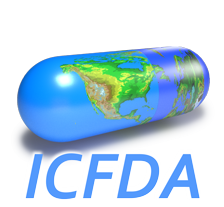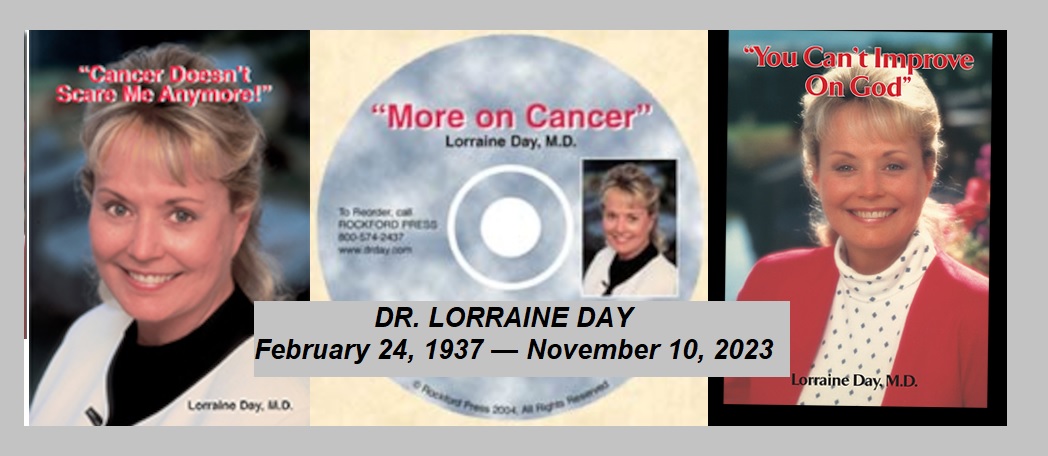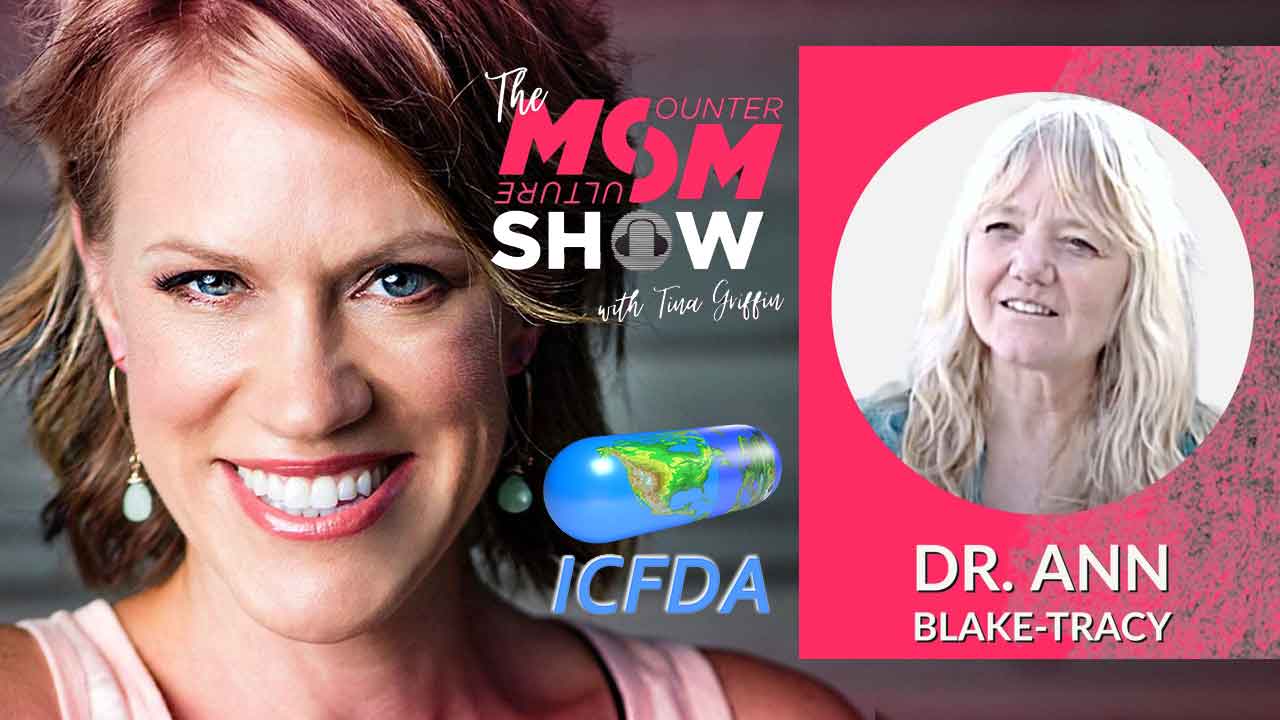http://www.villagevoice.com/issues/0049/spartos.shtml
Published December 6 – 12, 2000
Renamed Prozac Targets Huge Market: Premenstrual Women
Sarafem Nation
by Carla Spartos
A visibly irritated woman yanks on a supermarket shopping cart that’s stuck
in its stack while a soothing female voice-over recites a litany of PMS
symptoms. She asks, “Think it’s PMS? Think again. . . . It could be PMDD.”
Premenstrual Dysphoric Disorder, or PMDD, is a fresh-minted mental illness
that purportedly affects 3 to 10 percent of all menstruating women. Mood
symptoms like depression, anxiety, anger, irritability, or sensitivity to
rejection are said to be so severe the week before a woman’s period that it
impairs her functioning. According to Dr. Jean Endicott, professor of
clinical psychology at Columbia University’s College of Physicians and
Surgeons, “What’s ordinarily irritating becomes enraging.”
To be diagnosed with PMDD, women must keep a daily diary of their symptoms
for the duration of two menstrual cycles. The symptoms must kick in after
ovulation and disappear once menstruation begins. “The timing is exquisite,”
remarks Endicott.
The timing is also exquisite for Eli Lilly and Company to make a financial
killing off of PMDD. Next year, the drug company will lose its patents on the
antidepressant Prozac, and with them its monopoly on the market. To ward off
declining profits, Lilly has found another use for its wonder drug—treating
PMDD.
In July, Lilly got Food and Drug Administration approval to market Prozac
under the new name Sarafem. The company is packaging the drug in pretty pink
and lavender capsules, exclusively for women, most in their late twenties or
early thirties. Says Laura Miller, a spokesperson for Lilly, “Women told us
they wanted treatment that would differentiate PMDD from depression.”
According to Endicott, the symptoms of PMDD primarily interrupt
“interpersonal relationships”—basically, those involving spouses, children,
and coworkers. In one group of women with self-described premenstrual
symptoms, researchers found no increase in absenteeism or decline in work
performance, although the women themselves perceived that to be the case.
“PMDD is unique because there is virtually no other disease that people
insist upon having,” says Dr. Nada Stotland, chair of psychiatry at Illinois
Masonic Medical Center. According to Stotland, the majority of women who go
to PMS clinics have symptoms that aren’t in fact related to their periods.
“Most are depressed everyday. Others have anxiety and personality disorders.
Some are in psychological pain because they are being abused.”
That women might seek help on the pretense their problems are hormonally
based makes PMDD more slippery to recognize and study. Stotland says she’s
particularly concerned that Lilly is targeting almost exclusively OB-GYNs as
Sarafem prescribers, which puts gynecologists in the position of treating
mental illness. She says Lilly’s advertising campaign may convince enough
women they need Sarafem, leading them to pressure their doctors to skip the
two months needed for diagnosis and instead send them straight to the
pharmacy. And since Sarafem will also work for those with chronic depression,
a misdiagnosis can go undetected.
Proponents of Sarafem downplay the potential for misuse. “I doubt that a lot
of people who don’t need the treatment would get it,” argues Endicott.
“First, it’s a prescription drug. Second, women are not big pill poppers.”
Sherry Marts, scientific director of the Society for Women’s Health
Research—a nonprofit organization that promotes research in women’s health
issues—concurs. “This is a real medical condition that requires treatment for
a small percentage of women,” she says.”Not, ‘I’m a little bloated, I’m gonna
pop some Prozac.’ ”
But critics claim that 3 to 10 percent of all menstruating women is no small
number. “That’s a minimum of half a million North American women suffering
from PMDD,” says Paula Caplan, a psychologist and affiliated scholar at Brown
University’s Pembroke Center for Research and Teaching on Women.
Whether PMDD is a real condition is still subject to debate. Although both
sides agree that a certain subset of women may be sensitive to normal
hormonal changes, that’s about all they agree on. The question remains, if
women sometimes snap at their husbands if they don’t pick up after
themselves, or at their kids if they do poorly in school, should they be
branded with a mental disorder? “Women are commonly in situations defined by
stress—responsibility without authority,” says Stotland. ‘That’s almost the
definition of a typical woman’s job.”
Some doctors fear that women who have legitimate reasons to be unhappy will
be silenced by the PMDD diagnosis, and that Sarafem could prove to be the
Valium of the naughts. “Ordinary, healthy changes in mood and emotion are
being pathologized when they happen to women, and since women believe they
shouldn’t feel irritable, angry, or depressed, they are quick to blame
themselves,” says Caplan. For men, “There’s no testosterone-based aggressive
disorder.”
Endicott disagrees. “If men had PMDD, it would have been studied a long time
ago.”
But would it? “To say that a huge proportion of the female population is
disabled represents a potentially horrendous setback for women in the
workplace,” says Stotland. She points to the woman who finally speaks up to
her boss and in return is asked, “Oh, is it that time of the month?” Agreeing
to that kind of put-down might save the woman her job. PMDD could reinforce
the stereotype of the hysterical woman not only to employers, but to women
themselves.
Caplan says that a diagnosis of PMDD will have far-reaching legal
implications as well. Might women who’ve been labeled as mentally ill be
deprived of the right to make their own decisions? Might they lose custody of
their children in divorce cases? In other words, will PMDD sufferers be seen
as the biological equivalent of Dr. Jekyll and Mr. Hyde?
That’s already the most common complaint of PMDD sufferers, says Endicott,
who reports women saying over and over, “This isn’t me.” Lilly promotional
literature echoes this sentiment. “The good news is there is treatment
available that can help you feel more like the woman you are every day of the
month,” the brochures say. But who is this woman? And why are we so concerned
with her hormones?
——————————————————————————
—
One thing is for sure: Eli Lilly and Company has a financial stake in PMDD.
Lilly’s Prozac patents are expiring in 2001 and 2003. This means the market
will open up to cheaper generic competitors. Analysts have estimated that
Prozac sales will decline drastically—from about $2.51 billion in 2000 to
$625 million in 2003. Sarafem will provide a significant new market—women—to
boost profits. That’s a smart move, since women are the primary users of
drugs that alter mood. And, according to documents posted on the FDA’s Web
site, Lilly has proposed a “pilot study of PMDD in adolescents to estimate
its response to treatment with fluoxetine.” Fluoxetine, by the way, is the
generic name for Sarafem (and Prozac).
Another plus for Lilly is that creating a new and separate trademark for
Prozac lessens the stigma associated with antidepressants, and lets the
company dodge some recent bad press, from the publication of Harvard’s Joseph
Glenmullen’s Prozac Backlash to a new study in Brain Research that suggests
the antidepressant may cut off axons of the nerves they target—in effect
causing brain damage.
By 2004, Sarafem sales are expected to climb to $250 million a year,
according to Bear Stearn’s Bottle Report. Lilly would not divulge projected
sales nor the amount of money spent marketing, researching, and developing
Sarafem, but their financial report shows a lot of zeroes. For the first
three quarters of this year, the corporation spent close to $2.3 billion in
marketing and administrative costs, much more than its research and
development, which totalled about $1.5 billion.
But most extraordinary is that the federal government is convinced of the
existence of PMDD, while the psychiatric community isn’t so sure at all. PMDD
is currently listed in the appendix of the DSM-IV—the psychiatrist’s bible of
mental illnesses—as “needing further study.”
The controversy began in 1987, when the compendium first included specific
criteria for Late Luteal Phase Dysphoric Disorder—the former name for
PMDD—in its appendix as a “proposed diagnostic category” needing more
research. In 1993, as the American Psychiatric Association’s task force was
compiling the fourth edition of the manual, the category was revisited.
Should it remain in the appendix, get moved to the body as a recognized
diagnostic category, or be removed altogether?
The committee decided to keep PMDD in the appendix. According to Psychiatric
News, the APA’s professional newsletter, “Members of the task force agreed
there were a number of problems with methodology within the PMDD literature.
The problems included unclear definitions, small sample sizes, lack of
control groups, lack of prospective daily ratings of symptoms, no
documentation of the timing and duration of symptoms, and failure to collect
appropriate hormonal samples.” However, the committee suggested specific
criteria for diagnosing PMDD, including specs for symptoms and timing.
Five years later, the fate of PMDD was still unclear. In October 1998, the
Society for Women’s Health Research organized a discussion, headed by
Endicott, to answer this question: “Is premenstrual dysphoric disorder a
distinct clinical entity?” Once again, experts reviewed the PMDD literature,
this time in the company of FDA and Lilly representatives.
Dr. Sally Severino, a now retired professor of psychiatry at the University
of New Mexico, reiterated flaws in the research. First, just because women
can be identified by PMDD criteria “is not proof that PMDD exists as a valid
diagnosis.” Second, although cross-cultural studies identified physical
complaints related to menstruation, mood symptoms like anger and irritability
were not found worldwide to the same degree as in America. Severino argued
that if PMDD can’t be identified in other populations, then “consideration
must be given to the criticism that PMDD is a culturally bound syndrome or an
unnecessary pathologizing of cyclical changes in women.”
Ignoring these objections, the round table concluded that PMDD was a
“distinct entity with clinical and biologic profiles dissimilar to those seen
in other disorders.” In other words, a mental illness.
What changed between 1993 and 1998? For one thing, Lilly funded a 1995 study
that showed Prozac was effective in treating PMDD. Published in The New
England Journal of Medicine, the study had a large sample size, and was
placebo-controlled and double-blind (meaning neither the doctor nor the
participant knows who’s getting drugs or a sugar pill)—all the makings of a
pristine scientific inquiry. A slate of studies followed suit, all with the
same results: About 60 percent of women diagnosed with PMDD respond to
Prozac.
Yet one 1998 study discussed by Endicott’s roundtable found that 55 percent
of women diagnosed with premenstrual symptoms got significant relief from
increased calcium intake. The group went on to comment that “the area of
calcium is not well explored.” That leads critics to wonder why other
treatment options are getting the cold shoulder. “Why not spend pages and
pages pushing calcium?” asks Caplan, who served on the 1993 DSM committee.
And although there is evidence that people with PMDD can feel better with
only intermittent doses of Prozac—and suffer fewer side effects like sexual
dysfunction—the studies Lilly presented to the FDA looked solely at the
effectiveness of daily doses, or roughly double the amount some researchers
say is needed.
According to Caplan, almost all of the data the roundtable evaluated fell
into two categories: the old problematic studies available to the DSM-IV
group or the new research into using Prozac to treat PMDD. “There was nothing
that looked at the validity of the PMDD construct,” says Caplan.
Did Lilly railroad Sarafem through? Two members of the 16-person roundtable
conducted PMDD research funded by Lilly, and another member has received
honoraria as a speaker for Lilly. Endicott, who hasn’t received research
funds or speaking fees from Lilly, opened the company’s November 1999
presentation to an FDA advisory committee, which voted unanimously in favor
of the new PMDD indication for Prozac. In addition, the Society for Women’s
Health Research trumpets on its Web site an “unrestricted educational grant
from Eli Lilly and Company,” which they’ve used to promote PMDD awareness,
including a national survey conducted in November to gauge women’s awareness
of PMDD and available treatment (i.e., Sarafem). “Lilly had done an
extraordinary job of getting this to the public,” says Stotland.
Researchers taking a ride on the drug-company gravy train is not unique to
those who studied PMDD, but it can have effects on scientific research. “I
don’t think people falsify results. But what kinds of questions do you ask?
Which results do you publish?” asks Stotland. “When I was a resident it was
the departments who had money to bring in speakers. Now, it’s the drug
companies who are flying people around.”
Incidently, at the time of the interview, Stotland was attending a PMDD
conference held at a Palm Springs resort, courtesy of Eli Lilly.
Tell us what you think. editor@…




One thought on “12/29/2000 – Sarafem Nation – Renamed Prozac Targets Huge Market: Premenstrual W”